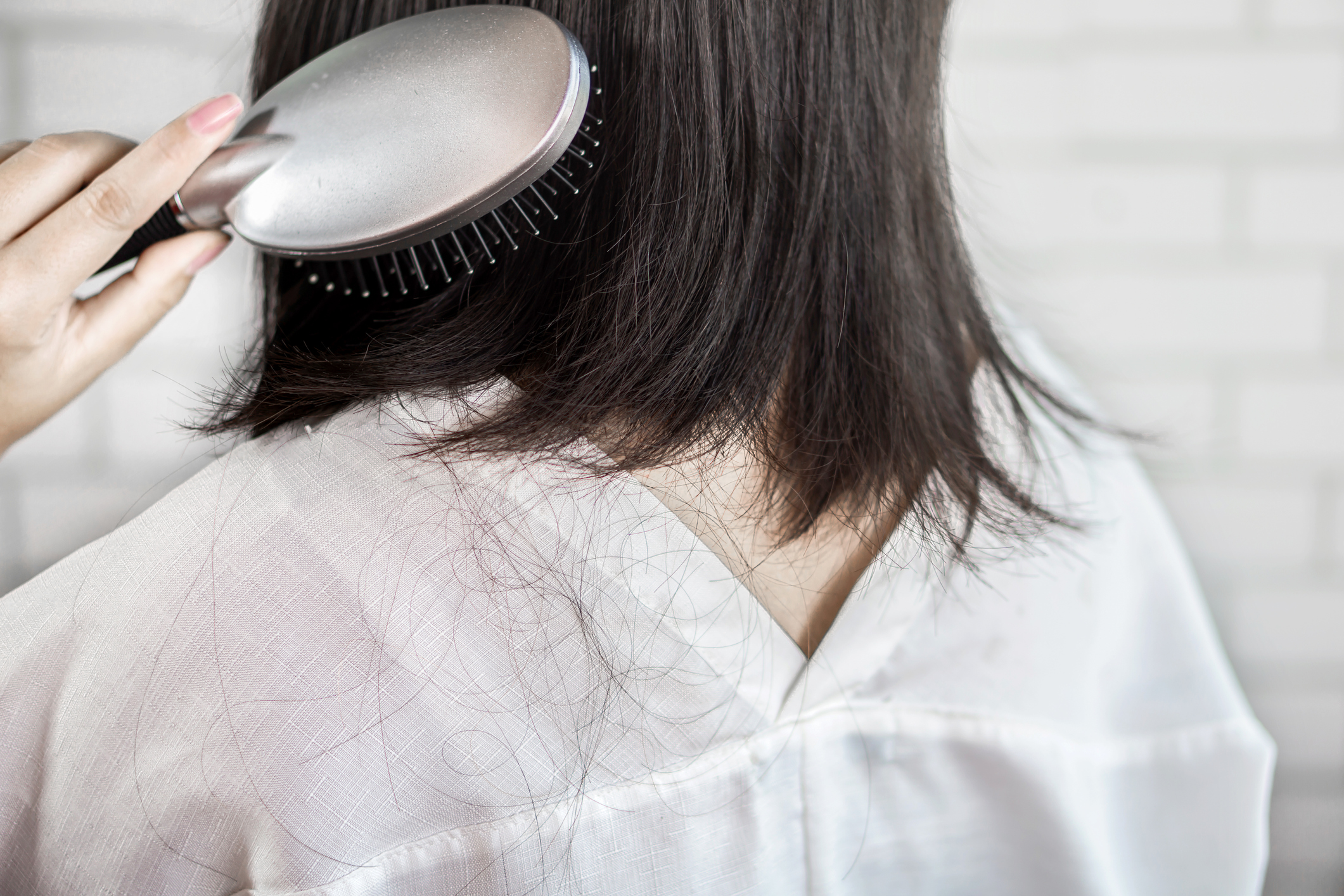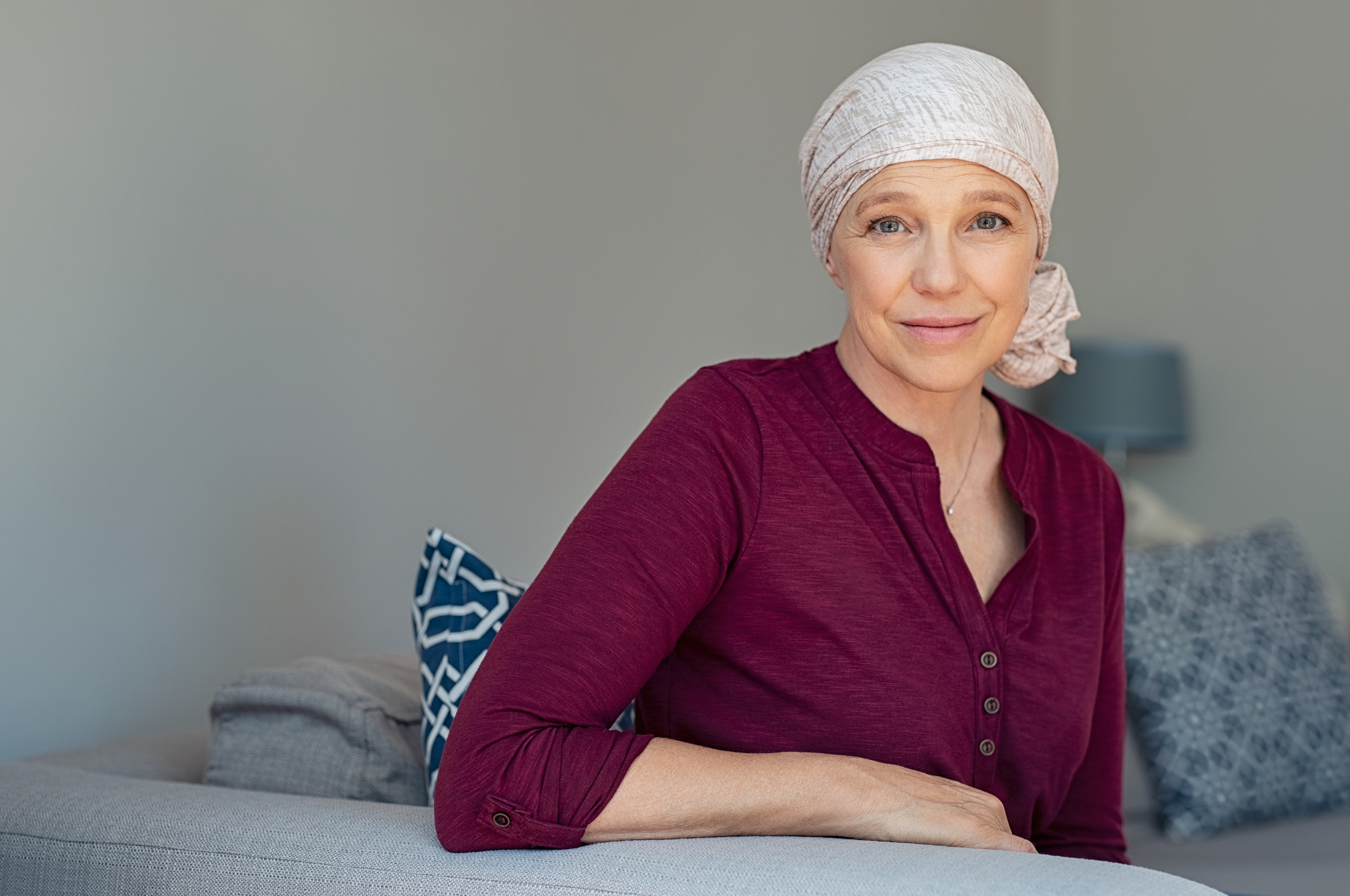Wigs and hairpieces

If you lose your hair, having a hairpiece that matches the colour, texture, shape and style of your own hair can make you feel more like yourself. If you think you might like a wig, it’s better to organise it before your hair falls out. That way you will get a better match to your own hair colour and style.
What are wigs and hairpieces made of?
- Man-made fibres. These come in a huge variety of styles and colours and are easier to care for in general. But they may not have a ‘natural’ look and need to be replaced more often.
- Real human hair. Human hair looks more natural and can last longer but is more expensive. These wigs need more care than fibre wigs and must be styled after every wash.
Where can I buy a hairpiece?
Ask your nurse or a member of your healthcare team for advice about where to get a wig or hairpiece locally. You can also call our Support Line on 1800 200 700 for your nearest supplier.
Choose a wig supplier that has a special fitting service and a good selection of wigs. It helps if you are given plenty of time to fit on the wigs in a private room with lots of natural light. Some wig suppliers offer home and hospital fittings too, if you can’t get to the shop. Some can arrange to cut your hair before, during or after treatment and will advise you on aftercare.
How much do hairpieces cost?
The average price of a synthetic wig is between €350 and €500, but it depends on where you buy it. For human hair, it can vary between €600 and €1000 and even higher. When checking prices, it is always good to shop around.
Can I get financial help when buying a hairpiece?
Medical card holders
If you have a medical card, you will be entitled to an allowance towards the cost of your hairpiece. To claim you will need to get a letter from your cancer nurse or doctor before you buy the wig to say you need it for medical reasons.
The amount you can claim will depend on the Health Service Executive (HSE) area in which you live. Your local health office or an HSE-registered wig supplier will be able to give you more information about the subsidy available and how to claim. Some wig suppliers will fill in the paperwork for you. A medical social worker or your breast care nurse can also give you more information on your entitlements and how to apply for this payment.
Medical insurance
Contact your health insurer for full details on your own medical cover. Some health insurers will cover a certain amount of the cost of a hairpiece, depending on the type of cover you have. If your insurance does not cover the cost, you can claim it back as a medical expense through your income tax return.
Treatment Benefit Scheme
The Treatment Benefit Scheme provides up to E500 for one hairpiece or wig each year. The Scheme is for insured workers, the self-employed and retired people who have the required number of social insurance (PRSI) contributions and their dependent spouse/partner/cohabitant.
If you or you partner / cohabitant have lost your hair due to cancer or certain cancer treatments, such as chemotherapy, you may qualify for the scheme.
Your treatment provider can check if you qualify. They will need information, including your date of birth and PPS number to do this. You will need to sign a consent form agreeing to your treatment provider having this information and to pass it on to the Treatment Benefit Section in the Department of Social Welfare so that they can pay the benefit. You can also telephone the Treatment Benefit Section to see if you qualify: 0818 300 600
You will also need to get a letter or medical certificate from your GP, cancer nurse or consultant with information about your diagnosis and / or treatment.
You must get the hair piece or wig from the Department's list of approved providers. The wig provider can check you are entitled to the benefit and will claim back the cost of the wig from the Department.
If I don’t want a hairpiece, what else can I wear?
There are many other types of headwear available. You can choose from scarves, bandanas, turbans and soft hats. You can also get headwear to wear in bed, to keep you warm and thin, quilted cotton headliners, which give height and shape when worn under hats and scarves.
You can usually get these at hairpiece suppliers or online. Cotton headwear tends to stay on a smooth scalp much better than polyester or nylon.
If you feel that your face looks bare, there are also hair fringes, plaited braids and face-framers that can be worn with headwear to give the effect of hair beneath. If you decide not to cover your head, make sure you apply a very high protection sunscreen at all times.
Caring for your hair when it grows back
Treat your hair gently when it grows back. Use a soft brush and baby shampoo for the first six months or until there is good growth. After chemotherapy or radiotherapy, your hair may take a while to get back to its normal condition.
It is best to wait for at least six months after treatment before colouring or perming your hair. Once it is long enough and your hair and scalp are in good condition, you can tint or perm it. Do not colour your hair if your scalp is scaly, sore, irritated, or if your hair is dryer than usual or rough to the touch.
Speak to your hairdresser before you colour your hair for the first time after treatment. You could ask them about natural products such as henna and nonchemical colours. For example, vegetable-based products may be less harsh. Test the dye on a small, hidden area of hair first to make sure it will not damage your hair.
What if my hair doesn’t grow back?
A very small number of people have problems with hair regrowth after chemotherapy. Talk to your doctor if you are worried. You could seek the advice of a trichologist. A trichologist is qualified to diagnose and treat hair and scalp disorders and diseases.
For more information
Phone
1800 200 700



